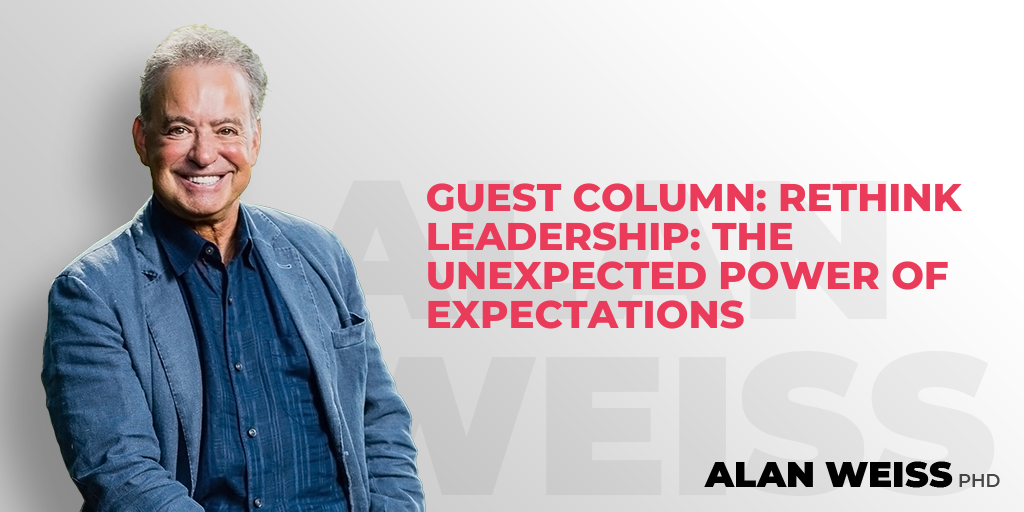Guest Column: How Well Do You Rebound?
How Well Do You Rebound?
By Joellyn ‘Joey’ Sargent
When faced with a business setback, do you bounce back or just bounce?
The other day I was watching a news story about victims of Hurricane Sandy and I started thinking about how some people seem to rebound from major challenges much faster than others.
We all have off days, even bad years when we’re running a business. No matter how solid your strategy, how exceptional the value proposition or how distinctive your IP is, trouble is inevitable. How we deal with it is what separates the leaders from the losers.
Master the art of the rebound.
Learning how to bounce back instead of going “bounce…splat!” is not easy. It takes courage and conviction to stand up and face the reality that:
1) You just screwed up royally.
OR…
2) You fell victim to something beyond your control (possibly without adequate planning).
AND…
3) No matter how well you prepare, it could potentially happen again!
Dwelling on these thoughts creates an insidious fear that wants to take up residence in your mind like an unwelcome houseguest. Fear paralyzes your decisions and prevents growth. Don’t let it move in!
Being resilient is essential to avoid a death spiral that spells the end of your business. An artful rebound is the best antidote for all kinds of professional (and personal) setbacks.
The Resilience Model
Those who bounce back most effectively not only have sound strategies for dealing with problems, they also have an innate ability to sense trouble before it appears on the horizon. This includes establishing a system of sensors to provide early warning signals that the market is changing, a deal is going south or a competitor is working on a game-changing innovation.
Assuming you have tools like this in place to alert you to approaching issues, how do you address these problems and respond in a way that preserves future growth opportunities?
An agile business anticipates major changes and leaps onto new growth cycles when the time is right. Picture a typical growth curve: after a period of acceleration, you hit a peak and things start to taper off. You can ride the curve down, or jump to a better one and reach for a higher peak.
The time to move is when you see this slowdown coming (move too soon and you leave untapped potential behind). When your sensory system suggests an oncoming problem, look for fresh opportunities and seize them before your velocity wavers, or employ creative strategies to put your trajectory back on course.
Hesitation is the enemy of resilience. Wait too long to react and crash landing becomes nearly unavoidable. Fall too far and the climb back is like summiting Everest: it can be done, but few have what it takes to make it happen. The goal is simply too high. It requires time, conditioning and capital that flailing businesses can’t spare.
The jump to a new growth curve often brings a minor loss of momentum at first. This is to be expected as you gain your footing, become comfortable with the new environment and establish your position. Don’t let that little dip scare you unless it becomes protracted, which may suggest you chose the wrong path.
Crash Avoidance
To avoid finding yourself in crash position, plan ahead and practice making small leaps like these on a regular basis:
- When a product line or service offering shows signs of advancing age, determine how to rejuvenate it or make the decisive call to put it to rest.
- If a customer segment is becoming unprofitable, seek out new markets and cultivate them before you need to rely on their revenue streams.
- When your referral pool shrinks due to retirements or other inevitable factors, work with fresh partners to develop new opportunities.
As these small hops become habits, you’ll find it gets easier to make the leap on big changes when necessary. The fear of the unknown is tempered by anticipation and excitement for the payoff that waits on the other side.
Leap a little every day and you’ll learn to bounce back higher and faster when adversity strikes.
Joellyn ‘Joey’ Sargent, principal of the Claravon Consulting Group, connects brand vision, organizational performance and customer experience, unlocking powerful momentum for growth. Her clarity, vision and insights help leaders achieve breakthrough results with Maximum Market Impact™. Learn more at Claravon.com or read Joey’s blog at JoeySargent.com.
©2013, Joellyn Sargent. All Rights Reserved.







Pingback: My Goal: One Million Meters. What's Yours?
Alan Weiss
Well, what a surprise hearing from you!